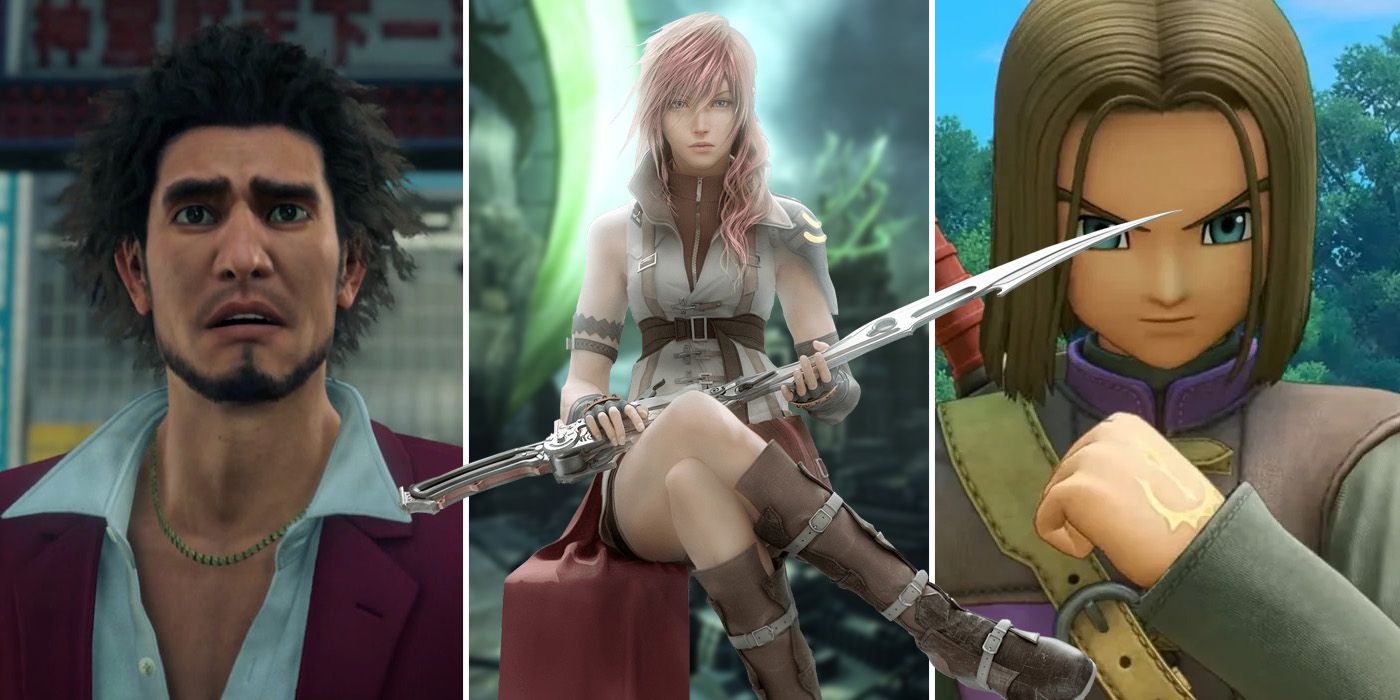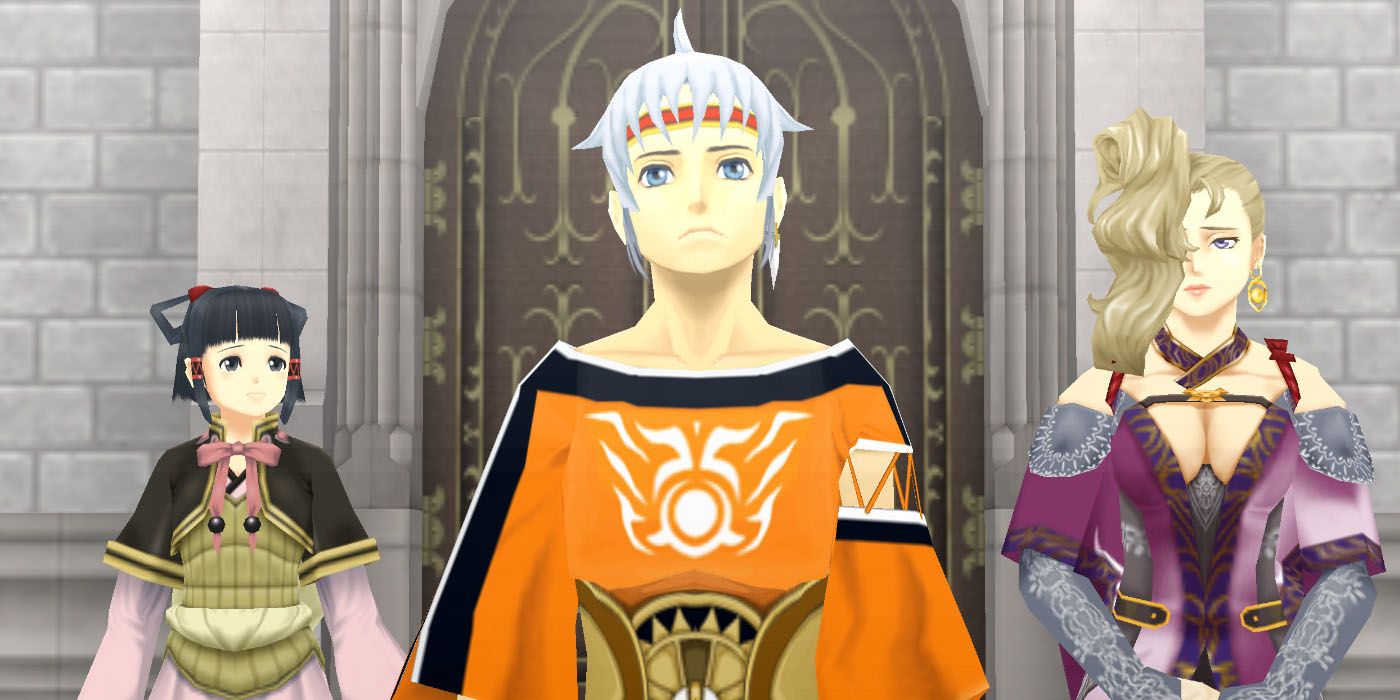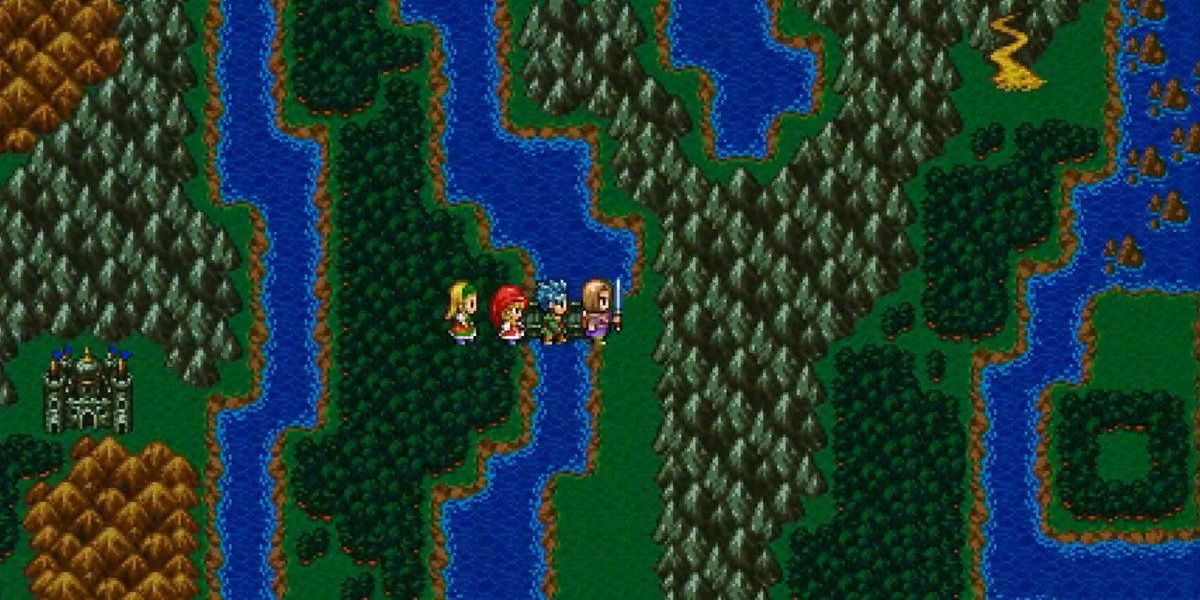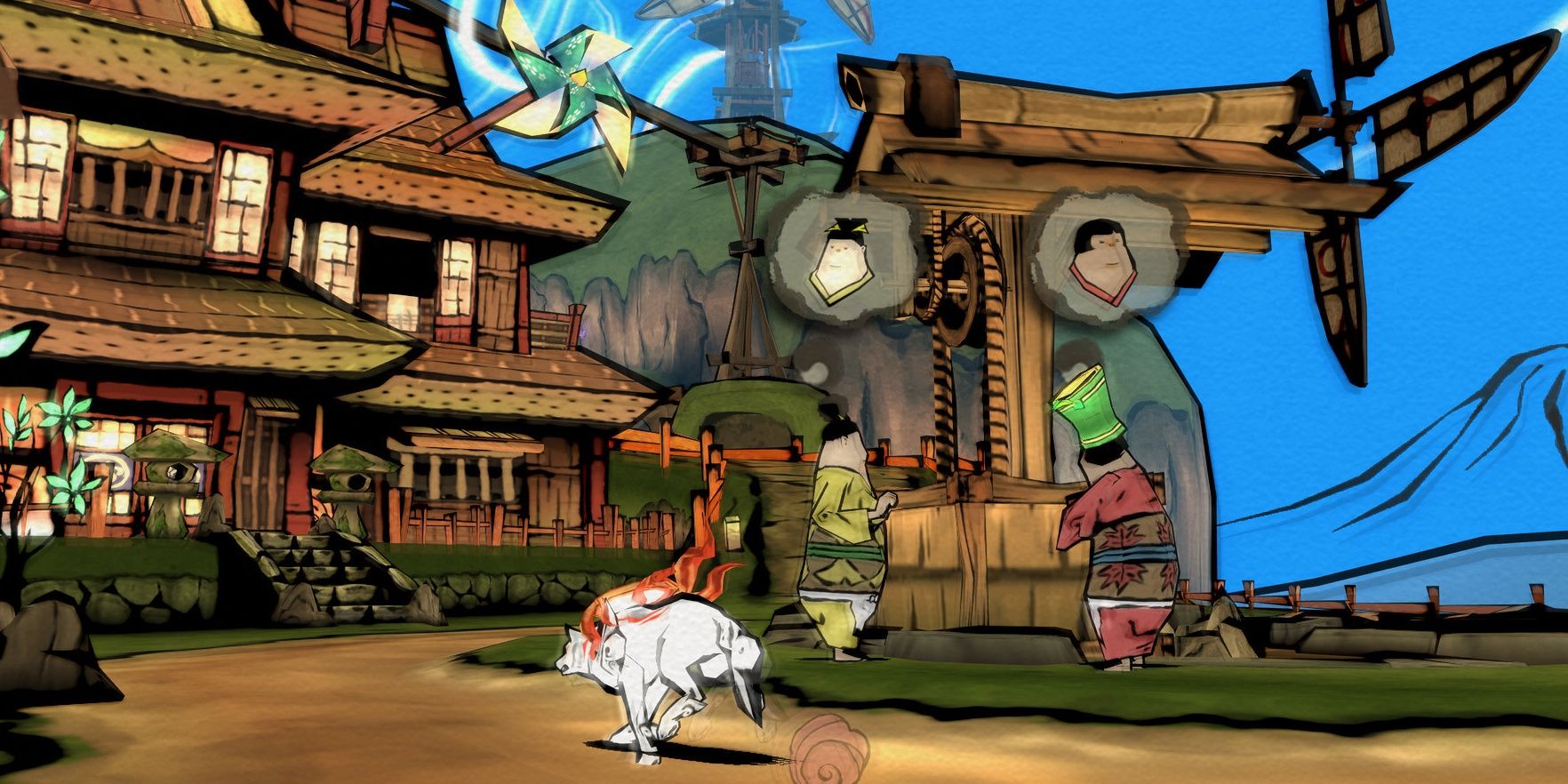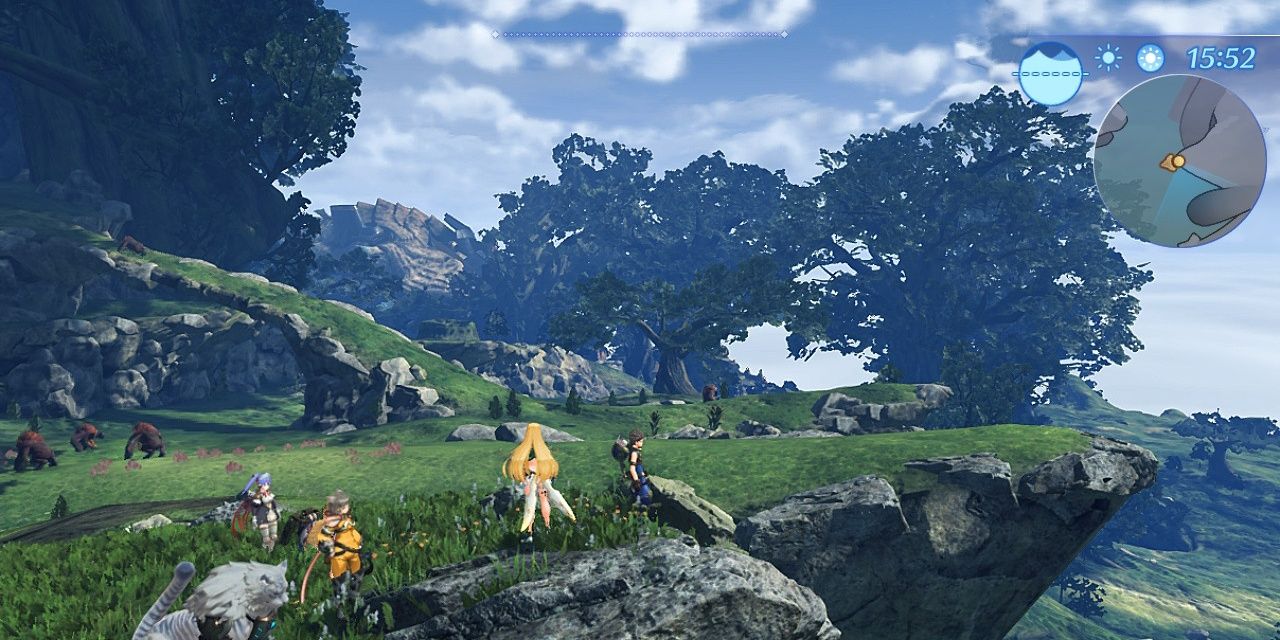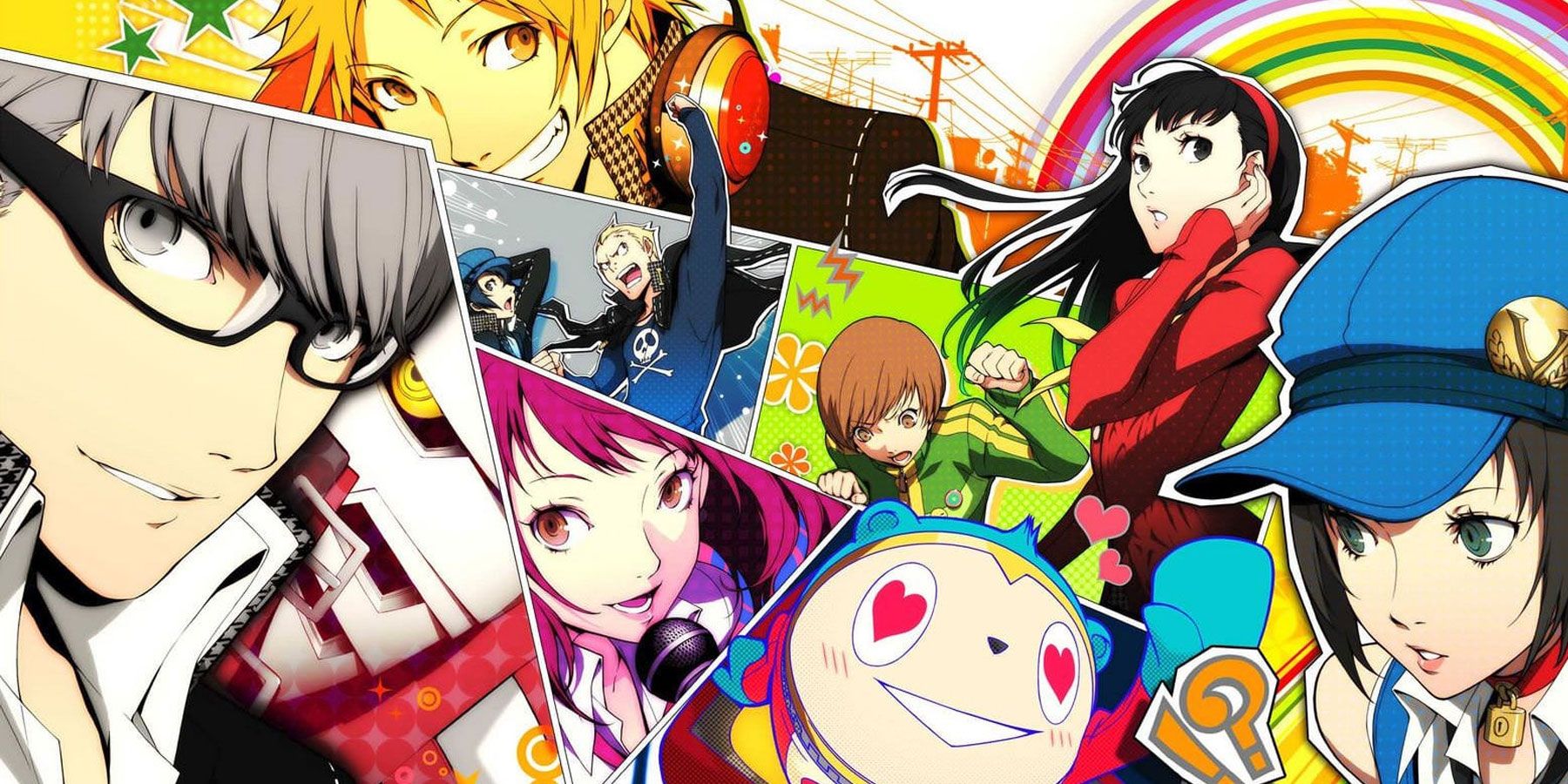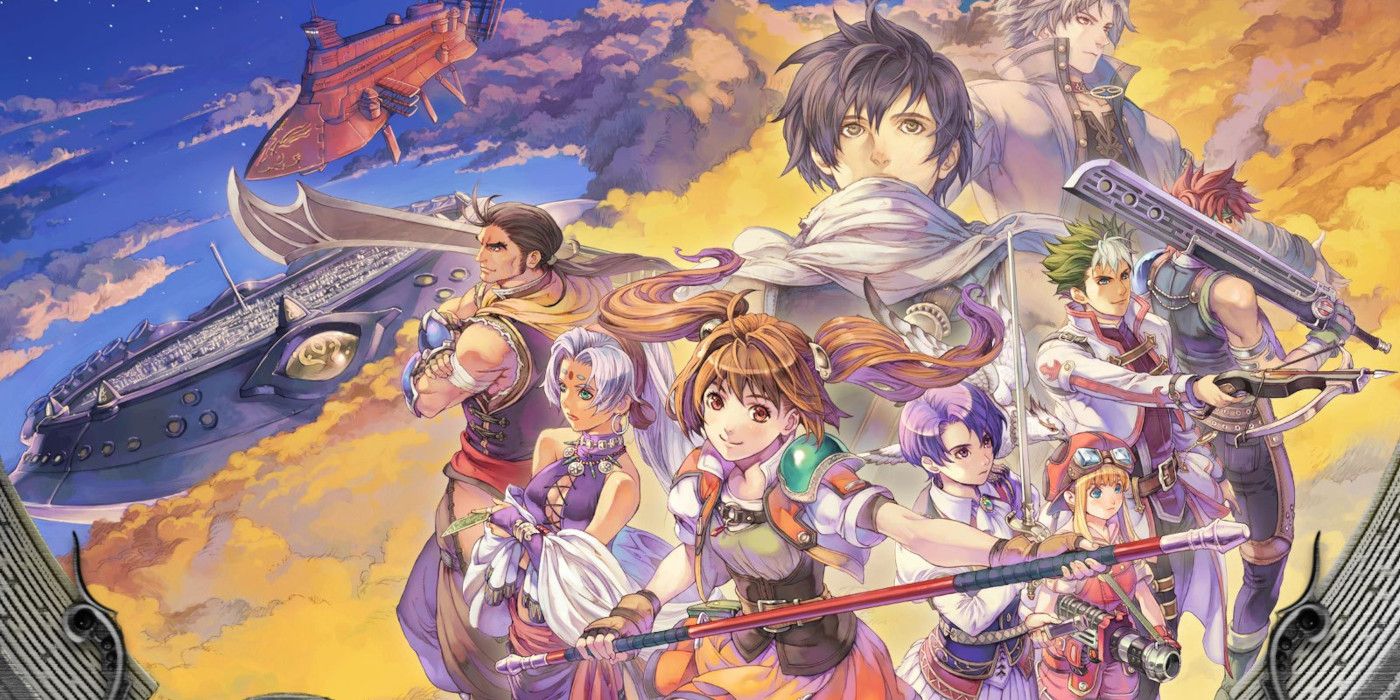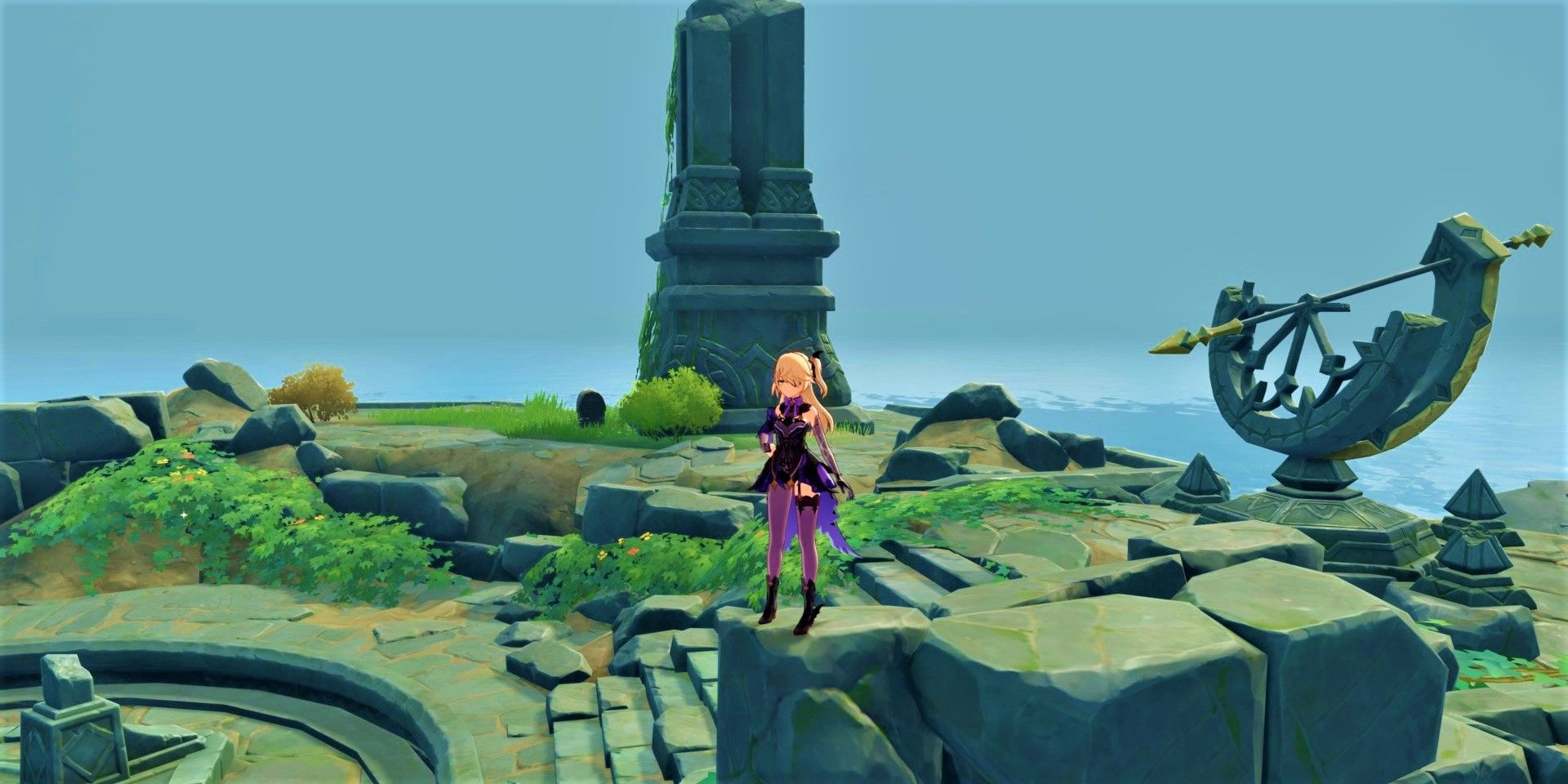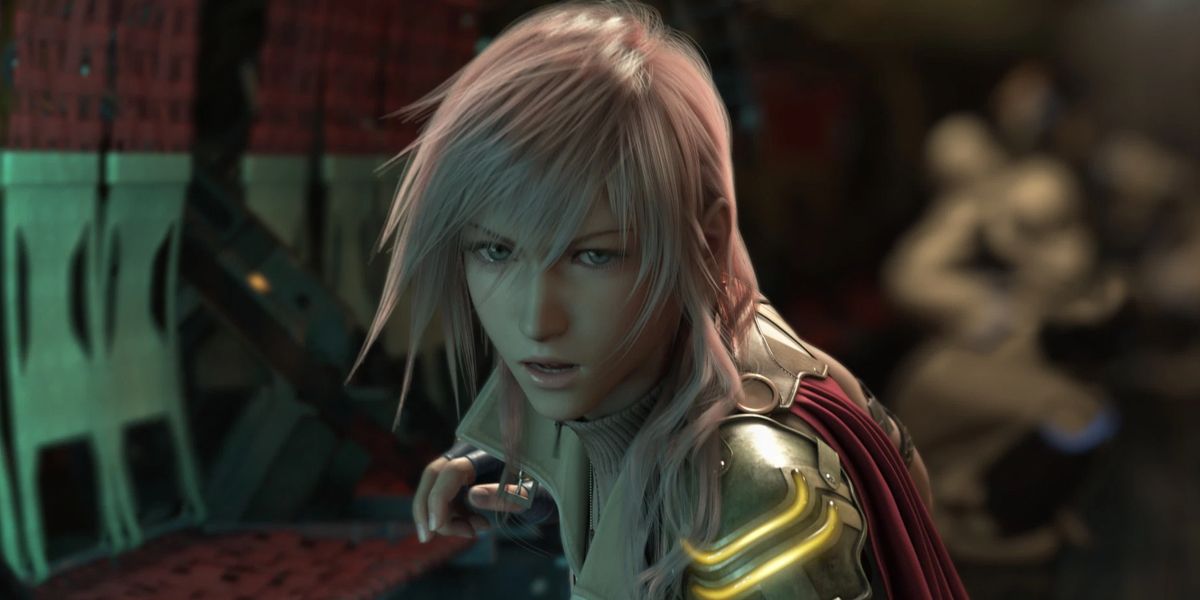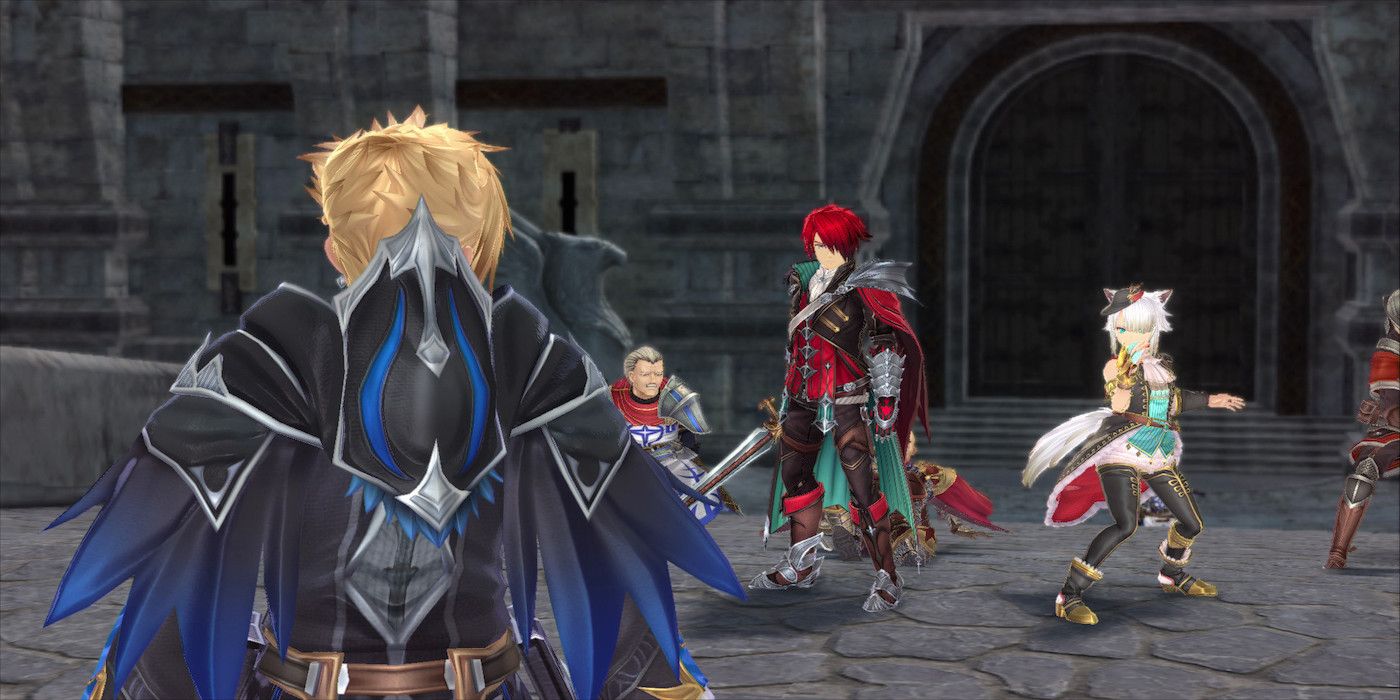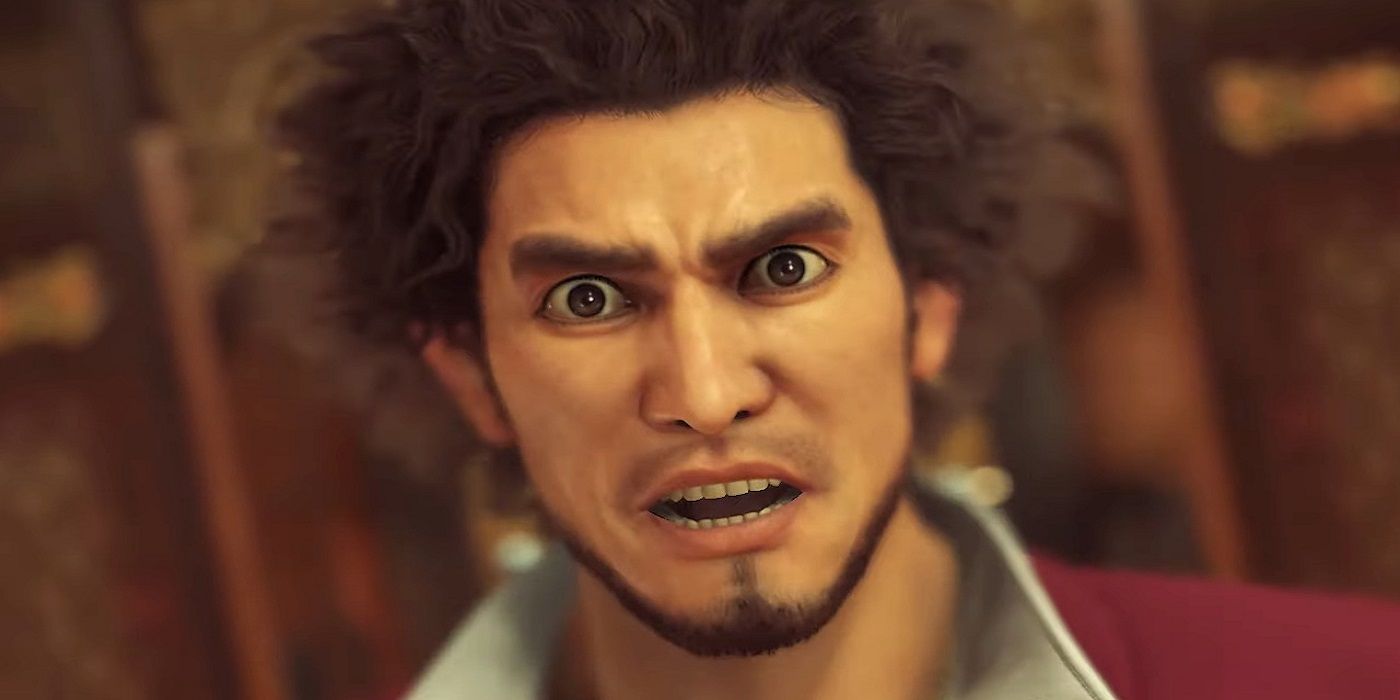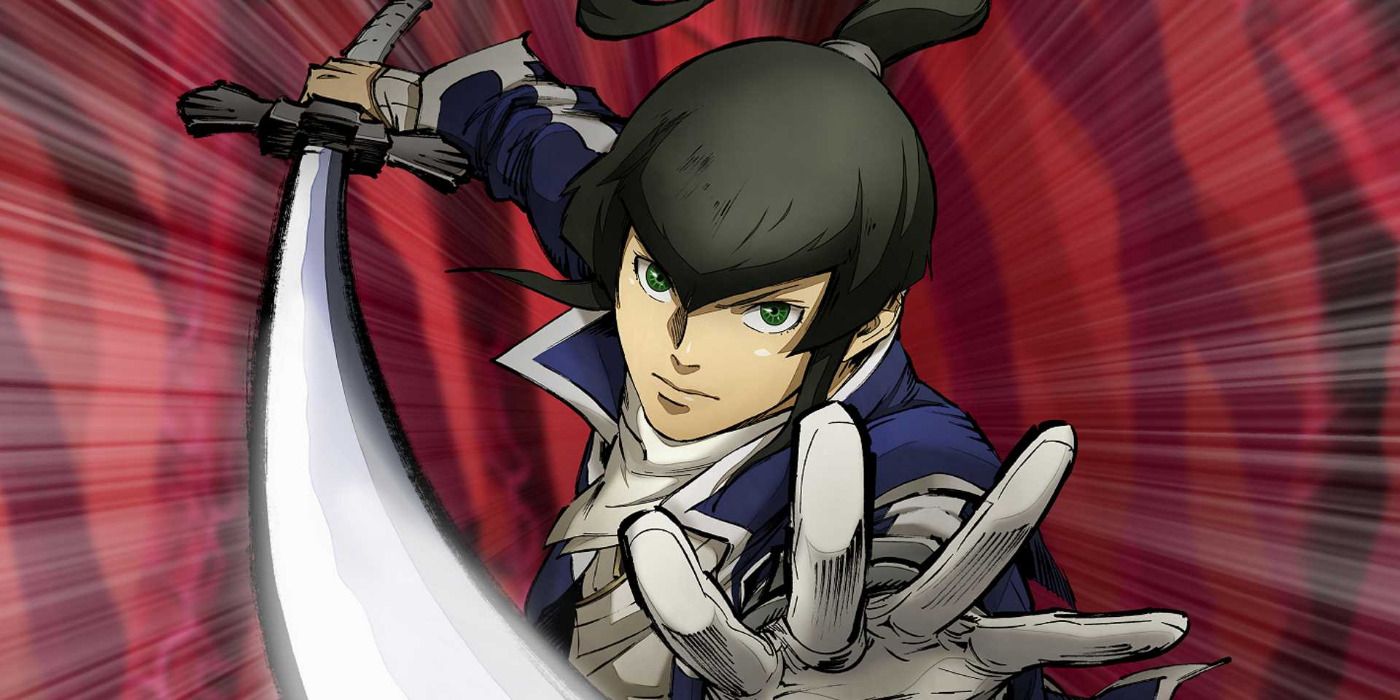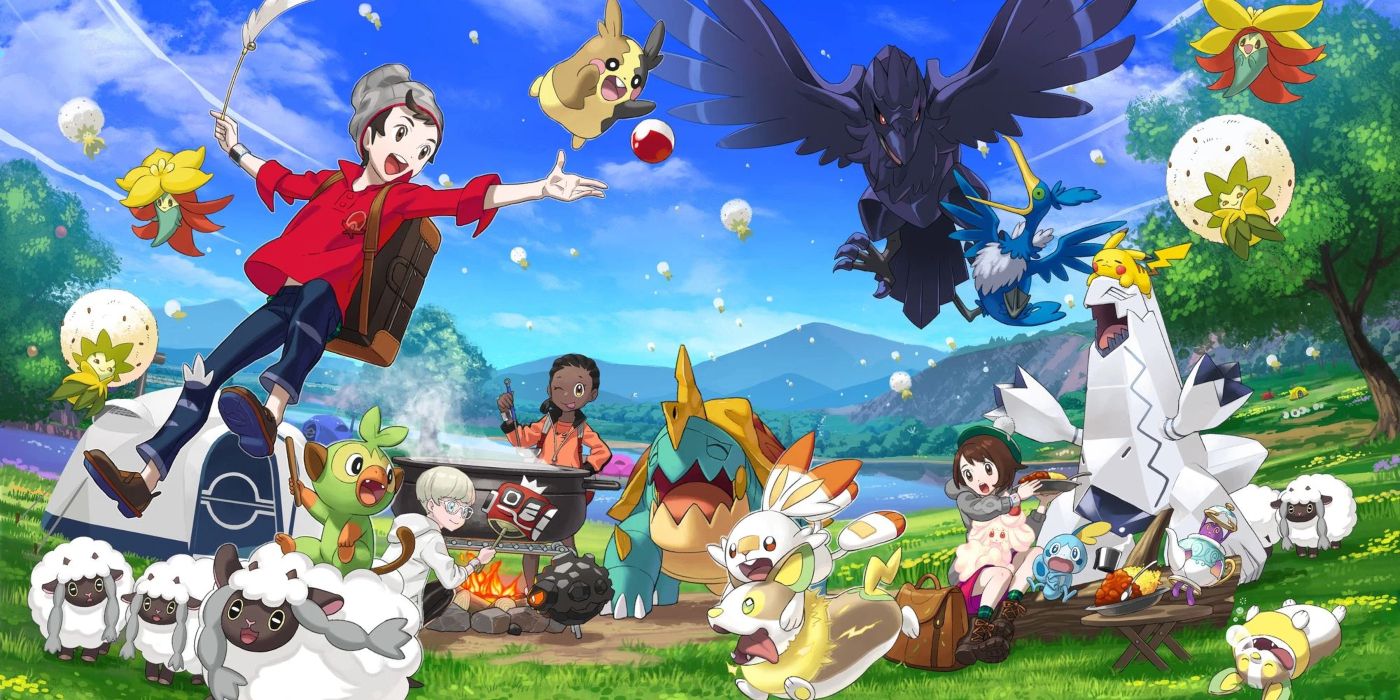Japanese role-playing games have had a huge influence on the gaming landscape; not just in Asia, but also in the west. Among other things, they're renowned for their over-the-top characters, turn-based combat mechanics, and ridiculously long playtimes. One of the main reasons they're able to eat up so much of a player's time is their extravagant narratives, which, although typically exciting, can sometimes cause problems for both players and developers.
One of the biggest issues with incorporating such expansive and detailed stories is that a lot of time needs to be spent setting them up. Some developers opt to do this gradually, but others can sometimes take a more pragmatic approach; instead opting to simply front-load their games with cut-scenes and exposition dumps to get everything out of the way as quickly as possible. While this method definitely has its advantages, it can often lead to some slow and, at times, painful, introductions that drag on for far too long.
Updated March 9, 2022 by Tom Bowen: Perhaps more so than any other genre, JRPGs are renowned for their length. It's not at all uncommon for playthroughs to clock in at around the one hundred-hour mark, though, even in the best of examples, not all of this time is equally enjoyable. Grinding for levels and resources is a common problem that affects many JRPGs, though this has been getting better in recent years and is usually optional to some degree. Slow introductions, on the other hand, cannot be skipped and can often tarnish the experience of playing an otherwise great game. These are the best JRPGs with the slowest introductions.
12 Suikoden V
Though not quite up to the same lofty standards as some of the series' earlier installments, Suikoden V is still an excellent game. At least it is once its exhausting prologue is out of the way, that is. Clocking in at around nine hours in length, the game's introductory chapter packs in more content than a lot of other full games are able to, and makes up around one-fifth of a complete playthrough.
To be fair to the developers, Suikoden V's prologue isn't exactly bad, more painfully slow. Getting through it really can feel like a slog and will likely dampen most players' enthusiasm for the rest of the game as a result. The franchise may be dead and gone, but here's hoping that its spiritual successor, Eiyuden Chronicle: Hundred Heroes, is able to learn from its mistakes if and when the record-breaking Kickstarter project ever bears fruit.
11 Dragon Quest XI
One of the biggest issues with having a new hero for each mainline entry is that time needs to be spent introducing not only a new main protagonist, but also any other party members who will be joining them on their quest. As a result, many of the Dragon Quest games suffer from a serious case of slow-starthritis.
Strangely, this is an issue that seems to have become more prevalent in recent entries and is particularly noticeable in Dragon Quest XI. Cut-scenes and exposition dumps can make the first few chapters feel like a real chore and, as a result, it's not really until players arrive in Heliodor a few hours in that the experience really starts to feel fluid.
10 Okami HD
Despite its strong performance with critics, sales of Okami were incredibly underwhelming in the months following its release. In fact, it's only in recent years that the game has started to receive the kind of attention that it really deserves; thanks in large to the release of its beautiful HD remaster. While the team at HexaDrive was able to fix the game's dated visuals though, they could do nothing about its slow beginning.
One of the things that make the game so enjoyable is its Celestrial Brush, which allows players to carry out a variety of unique actions. Unfortunately, however, learning how to use the brush can take quite a bit of time, and unlocking all of its many techniques is a constant process. Once players have gotten to grips with the brush and encountered a few of the Celestial Brush Gods the game really comes to life, but until that happens, it can feel a little flat at times.
9 Xenoblade Chronicles 2
Xenoblade Chronicles 2 is nowhere near as good as its predecessor, but that's not to say that it's a bad game. In fact, the experience it provides remains an incredibly enjoyable one, although it's locked behind a fairly frustrating opening few hours that are made worse by the weakness of the game's protagonists.
The game also seems to make the assumption that players are already familiar with the series and so opts not to waste too much time explaining the fairly complex combat system. For returning players, this may not be too much of an issue, but those who are new to the world of Xenoblade Chronicles may find this approach a little frustrating.
8 Persona 4
When it was first released back in 2008, Persona 4 flew under the collective radars of most western gamers. Thanks to the runaway success of the game's sequel, however, the 2020 PC release of Persona 4 Golden garnered much more attention, though not all of it was for the right reasons. To be clear, it's a great game and is arguably not too far behind its successful successor in terms of overall quality. The issue is, however, that it starts out unbearably slowly and remains that way for quite some time.
In total, it takes around five hours for the training wheels to fully come off in Persona 4. Much of this time is spent going over the game's core mechanics, with things like Persona growth, Social Links, and, perhaps, most worryingly, the main plot, all taking a back seat to accommodate this heavy hand-holding from the game. Luckily, there's still another 65 hours or so's worth of gameplay after the gloves have come off, meaning most fans will likely have forgotten all about the slow start by the time the game comes to an end.
7 Trails In The Sky FC
Side quests can serve as a great distraction from a game's main story and provide players with additional opportunities for adventure before they finally make their way to the final boss. One time when players are unlikely to be seeking such distractions, however, is right at the beginning of a game. It seems Nihon Falcom believes otherwise though.
Trails In The Sky FC is a solid entry in both the Legend of Heroes and Trails series, but its prologue phase can be pretty problematic for completionists. There are side quests popping up left, right, and center and they can often disrupt the flow of the game's storytelling. Granted, it is possible to skip them and instead focus on the story, although doing so may not sit well with some players.
6 Genshin Impact
Although not actually developed by a Japanese studio, Genshin Impact bears many of the tropes and mechanics that people have come to expect from a JRPG. One notable addition, however, is the inclusion of a multiplayer mode, which is something of a rarity for the genre. Many consider this to be the quintessential way to play the game, although there is something of a catch.
In order to be able to make the most of the Genshin Impact's multiplayer functionality, players must first reach Adventure Rank 16. For new players, this will likely take around 12 hours of playtime, although with guides and a little grinding it can be managed in about half that time. Even so, six hours is a long time to wait just to be able to utilize one of the game's core mechanics.
5 Final Fantasy XIII
The decision to move away from the World Map mechanic has had a huge impact on the Final Fantasy series, but perhaps none more so than in its thirteenth installment. Lampooned by many as a corridor simulator around the time of its release, Final Fantasy XIII's world takes an absolute age to really open up, and, even when it does so, it remains fairly restrictive.
While exploration is only one of the elements that make the series so enjoyable, when combined with the narrative-heavy introductory stages, its absence is really felt. Once the game's core cast of characters have all been established and the action starts to kick in, however, there should be more than enough going on to distract players from the game's linear nature.
4 Ys IX: Monstrum Nox
Ys IX: Monstrum Nox is one of the stronger entries in the Ys series, although, it doesn't really put its best foot forward in the first few hours. Unlike many of its predecessors, the introductory stages of Ys IX are incredibly slow-moving and the narrative continues to lazily meander onward right through to the game's second act.
Thankfully, there are a lot of positives that can distract from this, but the narrative can still feel a little stilted here and there. It's perhaps something of a necessary evil in this instance, as an awful lot of information goes into setting up the game's story. While some of this could perhaps have been cut back a little, squeezing everything in in a non-intrusive manner may well have been an impossible task for the developer.
3 Yakuza: Like A Dragon
Anybody who has played more than one Yakuza game will probably have noticed that the team over at Ryu Ga Gotoku Studio likes to recycle assets across games. Streets and buildings aren't the only things that get reused though, with storytelling techniques also being incredibly similar from title to title. The most notable of these is perhaps the team's tendency to front-load their games with long and often drawn-out cut-scene sequences to set up their stories and characters.
While the information provided in these sections is fairly pivotal to the overall plot, forcing it all in right at the beginning can sometimes lead to a stop-start experience that many players will find frustrating. This is particularly evident in installments containing new protagonists such as Yakuza 0 and, most recently, Yakuza: Like a Dragon. Once the opening salvo of cut-scenes is out of the way, these games can be a lot of fun, but the first couple of hours are often a real drag.
2 Shin Megami Tensei IV
Much like the Yakuza series and Kamurochō, Shin Megami Tensei is arguably at its best when the action is taking place in Tokyo. That the early stages of Shin Megami Tensei IV instead occur in Mikado may therefore be a little jarring for series fans. This isn't helped by the unforgiving difficulty either, nor the linearity of the storytelling in the game's opening stages.
Once players finally arrive in Tokyo things start to open up a little more, allowing players to explore at their own pace. Upon doing so, there is a surprising amount of content hidden away across the game's world which more than makes up for the opening few hours. Sadly though, the game's combat doesn't get any easier, although by this point players should at least have a better idea of what they are doing.
1 Pokemon Sword & Shield
It's perhaps a little strange to think about the Pokemon games as JRPGs, but they definitely meet most of the genre's criteria. One thing that sets them apart though is the games' creature collecting element, which is unfortunately explained in excruciating detail at the beginning of each and every Pokemon game. Pokemon Sword & Shield are no exceptions.
While these tutorial sections do vary a little from generation to generation, there's nowhere near enough variation to keep them from feeling boring for returning players. Choosing a starter Pokemon, meeting and battling a rival, and learning how to catch Pokemon can take up around an hour at the beginning of each playthrough, and that's before factoring in all of the low-level encounters that plague each title's beginning.

